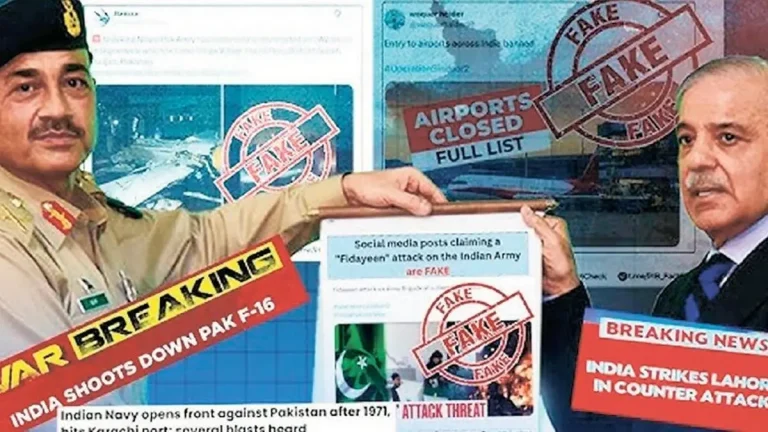The Rise of Manufactured Narratives in the Indian Media Landscape
In the era of "New India," political events are increasingly viewed through an electoral lens, often orchestrated to bolster the image of the leadership as decisive and action-oriented. This political strategy involves manipulating information flow, leveraging both traditional and social media platforms, to control the narrative and shield the government from criticism. This intertwined relationship between political maneuvering and media manipulation has become increasingly pronounced, raising serious concerns about the integrity and objectivity of information dissemination. The recent events surrounding the Pahalgam terror attack and its aftermath exemplify this trend.
The Pahalgam attack and its aftermath provided a fertile ground for this brand of image management. Prime Minister Modi’s response to the attack – cutting short a foreign visit and addressing an election rally – framed the incident within a narrative of strength and resolve. This carefully constructed image, amplified through meticulously staged photo ops and pronouncements about giving the army a "free hand," dominated the media landscape, overshadowing nuanced discussions about the incident and its implications. The orchestrated media blitz was designed to project an image of decisive leadership and control amidst the crisis.
This control extended to the dissemination of information, with a deluge of fabricated stories and manipulated visuals flooding news channels and social media platforms. The manufactured narrative escalated into a frenzied war-room atmosphere, with news channels vying for viewership through sensationalized, often entirely fabricated reports. The narrative spun tales of Pakistani cities falling to Indian forces, the arrest of Pakistani military leaders, and even a radiation leak, all designed to fuel nationalistic fervor and project an image of overwhelming Indian military superiority.
The proliferation of fake news during this period exposed a disturbing symbiotic relationship between some news channels and right-wing online platforms, both feeding off each other in a cycle of misinformation and amplification. The lack of fact-checking within media organizations, coupled with the commodification of social media verification (blue ticks), further facilitated the spread of these fabricated narratives. This environment allows misinformation to thrive, potentially influencing public opinion and eroding trust in legitimate information sources.
The fallout from this manufactured war narrative exposed the vulnerability of those who dared to deviate from the script. Foreign Secretary Vikram Misri, tasked with announcing the ceasefire, became a target of vicious online attacks, labeled a traitor for supposedly undermining India’s perceived military advantage. The silence of the ruling party in the face of these attacks, leaving it to bureaucratic associations to defend Misri, speaks volumes about the political climate surrounding media manipulation. This incident underscores the dangers faced by individuals who challenge or deviate from the official narrative, even when carrying out their official duties.
The manipulation of information isn’t limited to isolated incidents. The Kumbh Mela, the purported "best organized" since independence, was showcased through glowing media reports highlighting luxurious accommodations and efficient arrangements. This narrative, however, contrasted sharply with the reality of stampedes and casualties, the actual figures of which remain undisclosed by the government. Similarly, rosy portrayals of a resurgent Kashmir, with claims of decreased terrorism and increased investment, attracted tourists, while the local media, suppressed and intimidated, could not report on the simmering tensions that ultimately led to the tragic attack on unsuspecting visitors. These incidents illustrate a pattern of prioritizing carefully crafted narratives over transparency and factual reporting, often with dire consequences for the public.


